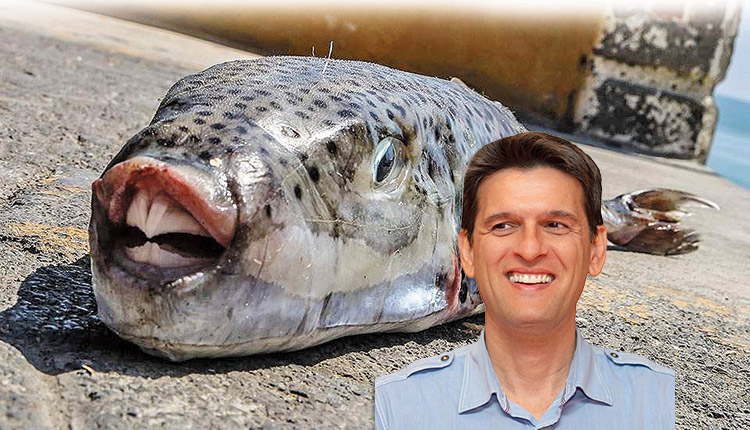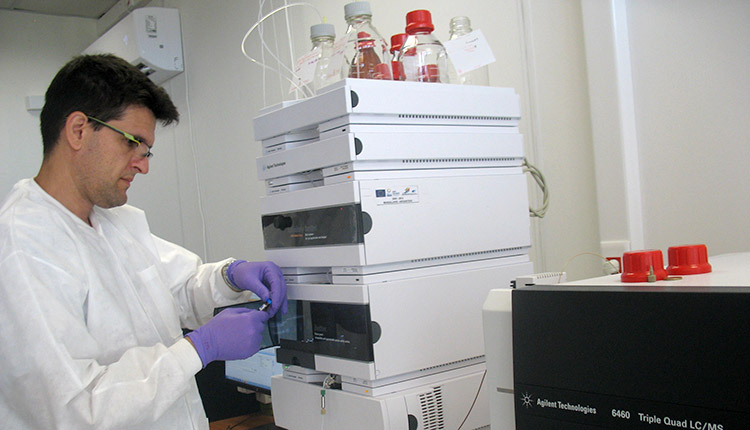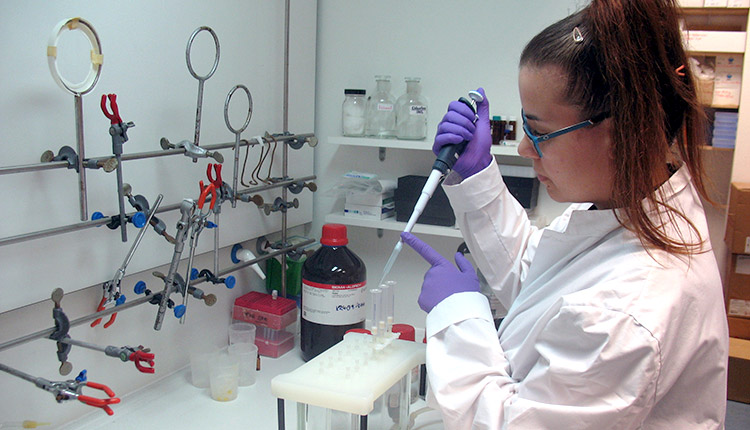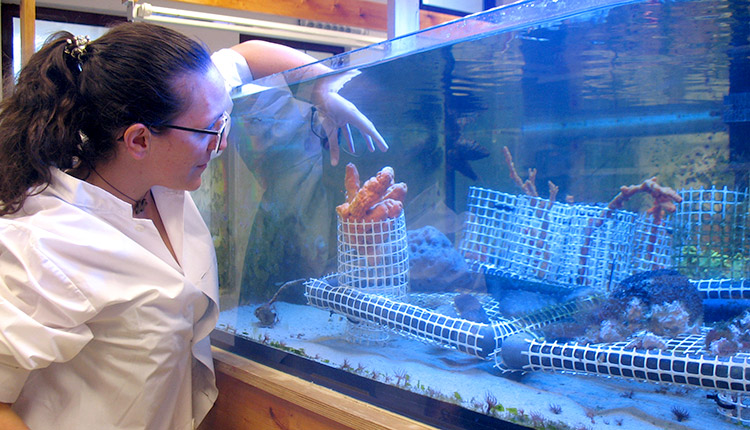Targeted actions are required by scientists who will aim at the systematic recording of hare populations in the seas of Crete and the southern Aegean in general “, says in” P “the researcher of IMBBC, Mr. Manolis Mandalakis
1. Last year, the presence of Lagocephalus in the seas of Crete was more than intense. How bad is the situation this year?
Indeed, the problem of Lagocephalus grew dramatically last summer. There were many sightings from bathers and fishermen, and there was a lot of publicity on the issue from the media and the internet. In the present year, the problem of Lagocephalus has not received much publicity and incidents are limited, but I think this is mainly due to the fact that swimming and fishing activities were limited until very recently as a result of quarantine restrictions. With that said, I would like to clarify that, although important, the reports made by ordinary citizens and typically appear in the media do not accurately and objectively reflect the intensity of the problem. For this reason, targeted actions are required by scientists who will aim at the systematic recording of Lagocephalus populations in the seas of Crete and the broader area of southern Aegean. As far as I know, this was not possible until this year, as such research actions are costly and there have been no adequate funding resources. In May 2020, the Operational Program for Fisheries and Maritime Affairs 2014-2020 (EPALTH) under the Ministry of Rural Development and Food funded 4 research projects that are expected to record the current situation in the Greek seas, not only in terms of Lagocephalus, but also for other invasive alien species (IAS). The Institute of Marine Biology, Biotechnology and Aquaculture (IMBBC) participates in two of them, where in addition to assessing Lagocephalus populations, we will perform tetrodotoxin measurements on tissue samples to get a better picture of the toxicity/danger of this species. Going back to your question, I can’t give you a solid answer based on tangible scientific data, but I hope we can say more about the real dimensions of the phenomenon in the coming years. At the moment, I estimate that Lagocephalus fishes remain in Crete and their presence will become more noticeable later this summer.
2. It has been announced by local agencies, such as the Decentralized Administration, that they will help scientists in the fight against Lagocephalus. After all, what has been done so far and what are you doing in this direction?
Most people believe that the problem of Lagocephalus emerged in the last five years. However, the first appearance of Lagocephalus in Crete took place in 2005 and I know that, from 2008 until today, several scientists and colleagues of mine have been trying to convince local and national authorities about the need to finance research activities oriented towards the study of the phenomenon and the investigation of control methods. Personally, I’ve been dealing with Lagocephalus biotoxin for 3 years now, so my information regarding local actions and initiatives is limited to the most recent past. In February 2019, I participated in the Info-Day entitled “The problem of invasive (Lessepsian) species” and organized in Ierapetra by the Geotechnical Chamber of Crete. There, I presented my view on the possible solutions to the problem and the technical difficulties. During this event, we scientists came face-to-face with the despair and indignation of local fishermen, who are suffering the greatest economic impact from Lagocephalus spread. In June 2019, two meetings were held about this issue both at the offices of the Decentralized Administration of Crete and at the Region of Crete. There, together with other colleagues from the Hellenic Center for Marine Research and representatives of the Geotechnical Chamber of Crete, we explained the urgency for research on the mapping of Lagocephalus populations. By informing the executives of the Ministry of Rural Development and Food, the Decentralized Administration contributed so that the research on invasive alien species was included in the financial priorities of the EPALTH 2012-2014 program. The fact that the economic support for the investigation of invasive species came from national rather than regional sources is positive, as it shows the increased interest of the Greek state in a problem that is currently limited to the southern Aegean and especially Crete.
3. How can we take advantage of this new “inhabitant” of our seas?
Unfortunately, there are no ready-made solutions and research is needed to develop exploitation solutions. Lagocephalus is one of the most toxic fish in the world and its exploitation is a complex task with many technical difficulties. The main problem is the presence of tetrodotoxin in the tissues of this fish, which is about 1200 times more toxic than cyanide. Without the removal of this substance, the Lagocephalus biomass is useless and requires destruction through costly management and incineration processes. In the first phase, we will try to understand the magnitude of the problem by measuring the levels of toxin in individuals with different biological characteristics (e.g. gender, size) and in different parts of the fish body. In this way, we will determine the fraction of Lagocephalus population and the body parts with the lowest toxicity and the highest exploitation potential. In the second phase, we will investigate whether the treatment of fish biomass with some simple chemicals can lead to further reduction or even the complete elimination of the toxin. If we will find an effective method of “detoxification”, we will have made a big step forward, as “clean” biomass could be used in various applications (e.g. fertilizers of high nutrient content, fishmeal, animal feed). In addition, our partners from the National Technical University of Athens will try to develop a method for the isolation of tetrodotoxin, which in itself seems to have interesting pharmaceutical applications as an analgesic and anesthetic. However, even if we find ways to exploit the Lagocephalus, further efforts will be needed to amend the current legal framework, as the trade/marketing of this fish and its products are prohibited by European regulations (EC No 853/2004). There is a long way to go.
4. Among other things, you investigate the exploitation potential of marine sponges. What exactly are the benefits that we can get from these species?
Marine sponges are one of the most interesting marine organisms. They feed by filtering suspended particulate matter from seawater (e.g. bacteria, phytoplankton), but also compounds that are present in dissolved form including organic pollutants. One kilogram of some sponge species can filter up to 24,000 liters of water per day. They are one of the strongest “vacuum cleaner” in the sea. On the other hand, sponges are known to produce various bioactive substances with useful properties, such as antioxidant/antibacterial activity. Therefore, research on sponge extracts and their utilization potential is of particular interest. Some other species are even a more attractive target for exploitation, as they can be used as bathroom sponges, which is a high value-added product.
In collaboration with researcher Athanasios Dailianis, we are implementing a 3-year research program at IMBBC where we examine the possibility of parallel cultivation of sponges in fish farms with the aim of reducing organic pollution and simultaneously producing high-valued natural products. In essence, we will try to identify local species of marine sponges with optimal characteristics in terms of natural abundance, cultivability/viability, “bio-production” performance and “cleaning” capacity in the seawaters of Crete. The SPINAQUA program is funded by the Hellenic Foundation for Research and Innovation (HFRI) and the General Secretariat for Research and Technology (GSRT).
5. After all, are the bioprospecting opportunities of marine species inexhaustible? What percentage of them have we managed to identify until now?
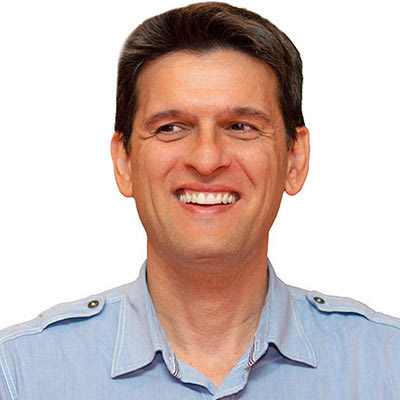 The number of microorganisms and higher organisms living in the sea is huge. Especially the Mediterranean and the Greek seas in particular are known to have one of the highest biodiversity in the world. The largest percentage of organisms have been studied only in terms of their morphological characteristics, but their genetic and chemical diversity remains relatively unexplored. Therefore, little is known about the bioactive compounds, enzymes, nutritional value or other beneficial properties that different species can offer. At present, marine organisms are mainly treated as a food source, but the benefits we can reap from them are inexhaustible. This is one more reason why the protection of marine ecosystems and biodiversity deserves our utmost attention.
The number of microorganisms and higher organisms living in the sea is huge. Especially the Mediterranean and the Greek seas in particular are known to have one of the highest biodiversity in the world. The largest percentage of organisms have been studied only in terms of their morphological characteristics, but their genetic and chemical diversity remains relatively unexplored. Therefore, little is known about the bioactive compounds, enzymes, nutritional value or other beneficial properties that different species can offer. At present, marine organisms are mainly treated as a food source, but the benefits we can reap from them are inexhaustible. This is one more reason why the protection of marine ecosystems and biodiversity deserves our utmost attention.





